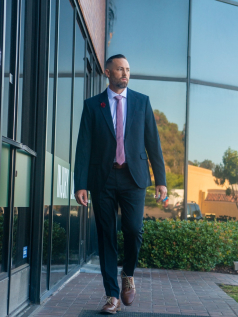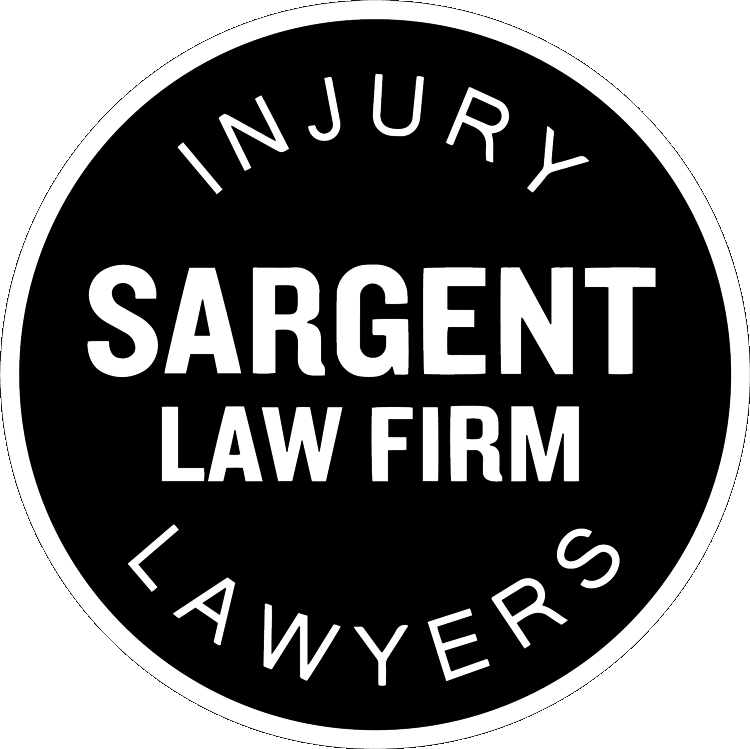While California code requires drivers to always carry automobile insurance, drivers are only required to carry:
- Liability insurance that provides at least $15,000 in coverage for injury or death to one person;
- $30,000 in coverage for injury or death to more than one person; and
- $5,000 in coverage for property damage.
An examination of California car crash statistics reveals how woefully inadequate minimum required automobile insurance in California is. Besides these barebone requirements, there are also many motorists traveling in California who do not carry even the minimum amount of insurance required by state law. It is up to each motorist to ensure proper protection exists for potential vehicular damages in California.
Temecula Car Accident Attorney
This risk is heightened by the risk of injuries due to car crashes in California. The California Highway Patrol’s Statewide Integrated Traffic Records System reports that in 2013 there were 156,909 collisions resulting in 223,128 injuries and 3,104 fatalities. If you drive without adequate insurance in California, you may very soon find yourself in catastrophic situations.
Any type of thorough understanding of automobile insurance in California begins with an examination of the available types of car insurance with the help of a Temecula auto accident lawyer.
Types of Auto Accident Coverage in California
Collision Coverage
Collision coverage concerns damage that occurs to your own vehicle while you are driving. In the event of a car crash, collision coverage pays for repairs minus your chosen deductible.
Comprehensive Coverage
Comprehensive coverage details any damage other than collision endured by your vehicle. Various examples of situations covered by comprehensive coverage include fallen trees, animal collisions, or flood damage. Comprehensive coverage pays for these types of damages minus your chosen deductible.
Uninsured Motorist Coverage
Uninsured motorist coverage encompasses physical injuries or property damage caused by at-fault drivers without automobile insurance at the time of the accident. Examples of situations in which uninsured motorist coverage can be used include:
- Situations when vehicles are struck by a driver without insurance;
- Times when collisions occur and the other drive does not have sufficient insurance coverage; and
- “Hit and run” accidents where it is impossible to locate the driver.
Medical Payments (MedPay) / Personal Injury Protection (PIP)
These aspects of insurance cover people who were a passenger in the vehicle at the time of the accident. Insurance limits are available for MedPay and PIP.

If you’ve been injured or a loved one has been killed through an act of negligence, you need the highest level of legal representation.
Schedule a Free Consultation
Important Insurance Elements to Remember
 In addition to this breakdown of the various components of insurance, there are several other important elements that confuse motorists including:
In addition to this breakdown of the various components of insurance, there are several other important elements that confuse motorists including:
- 15/30/5. Sometimes insurance agents mention phrase like “your coverage limits are 15/30/5.” In this expression, the first number signifies available coverage in thousands for injuries on a per person level, the second number expressed in the thousands is the coverage for all injuries suffered by car crash victims on a per accident basis, and the third number in the thousands refers to how much coverage is available for property damage.
- Bicyclists. Because biking is a popular trend in California, motorists should have an idea of insurance coverage issues when a bicyclist is involved in a car crash. If injured by another motorist, bicyclists can claim compensation under the other motorist’s insurance coverage. If you are injured by accident due to a bicyclist, you might be able to recover damages under uninsured motorist coverage.
- Insurance Follows the Car. In California, automobile insurance follows the vehicle rather than the driver. One notable exception occurs when you drive the vehicle of a friend who does not hold automobile insurance for the vehicle.
Steps to File an Automobile Accident Insurance Claim in Temecula
When the time comes to file an insurance claim, it is recommended that motorists follow several steps, including:
Contact Appropriate Insurance Companies.
As soon as possible after an accident, contact your insurance company. If the other driver is responsible for the crash, you should also file a claim with the other driver’s insurance company. In the event that you must contact the other driver’s insurance company, first contact an attorney to discuss the legal repercussions in your exact case of providing a statement to the other driver’s insurance company.
File an Insurance Claim.
When you contact your insurance company, a customer service representative will help file a claim by gathering a variety of information including your name, policy detail, information about potential property damage or physical injuries, and a summary of the accident.
Confirm At-Fault Driver’s Insurance Information.
Drivers involved in a car crash often exchange insurance information. If the other driver lacks sufficient insurance coverage, any damage you incur might be covered by your own uninsured motorist coverage.
Fill Out Requisite Forms.
If your insurance company mails you a claims form, complete this form as quickly as possible and return the document along with any other supporting material.
Interact With Insurance Companies.
Insurance companies might wish to investigate the details surrounding your accident to determine fault.
If you are involved in an automobile accident in Temecula and have any difficulties dealing with insurance companies, call our experienced car accident attorneys in Temecula at The Sargent Firm Injury Lawyers as soon as possible for a free consultation to discuss your case.











